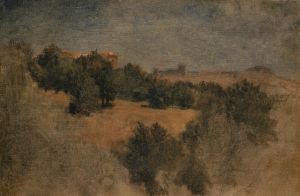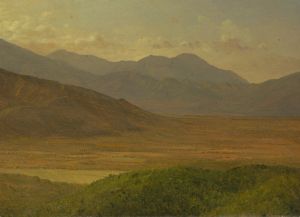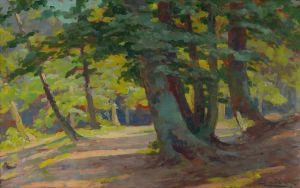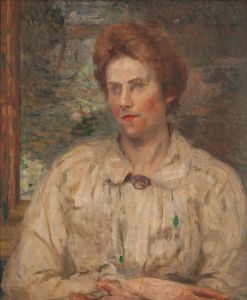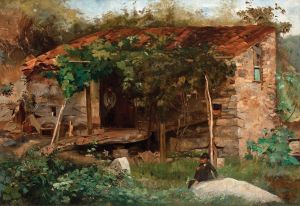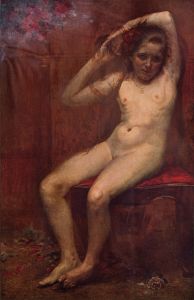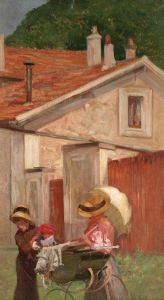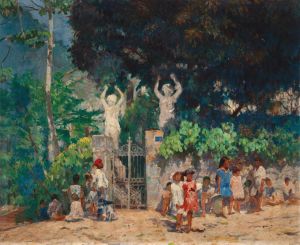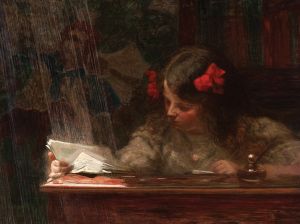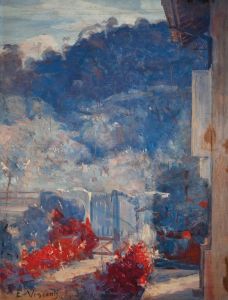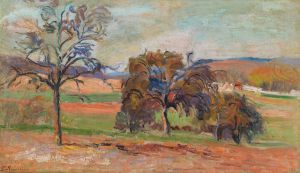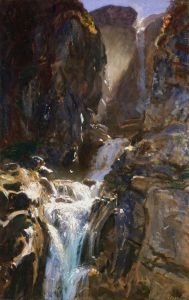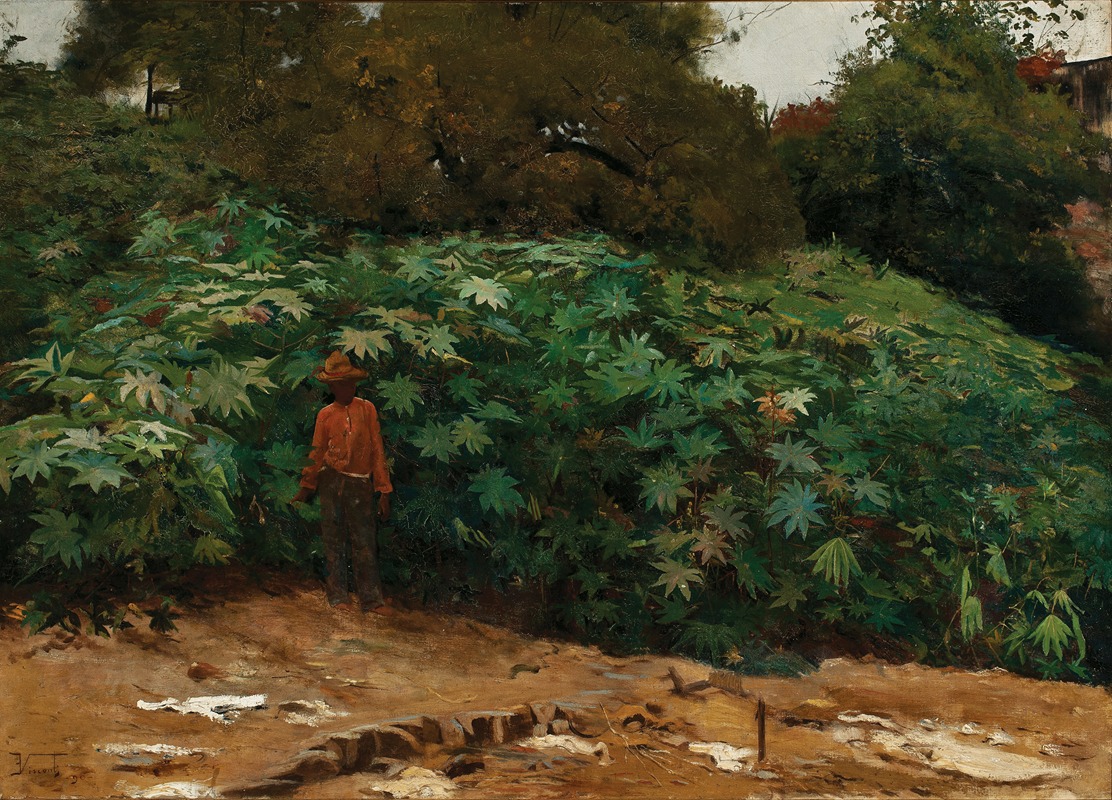
Mamoneiras – Morro de São Bento
A hand-painted replica of Eliseu Visconti’s masterpiece Mamoneiras – Morro de São Bento, meticulously crafted by professional artists to capture the true essence of the original. Each piece is created with museum-quality canvas and rare mineral pigments, carefully painted by experienced artists with delicate brushstrokes and rich, layered colors to perfectly recreate the texture of the original artwork. Unlike machine-printed reproductions, this hand-painted version brings the painting to life, infused with the artist’s emotions and skill in every stroke. Whether for personal collection or home decoration, it instantly elevates the artistic atmosphere of any space.
Eliseu Visconti's painting Mamoneiras – Morro de São Bento is a work by one of Brazil's most prominent artists, known for his contributions to the development of modern art in the country. Eliseu d’Angelo Visconti (1866–1944) was a Brazilian painter, designer, and teacher of Italian descent. He is widely regarded as a pioneer of Impressionism and Art Nouveau in Brazil, and his works often reflect a blend of European artistic influences and Brazilian themes.
The painting Mamoneiras – Morro de São Bento depicts a scene from Morro de São Bento, a hill located in the city of Rio de Janeiro, Brazil. The title references "mamoneiras," which are castor oil plants, suggesting that the vegetation plays a significant role in the composition. The work captures a naturalistic view of the landscape, showcasing Visconti's skill in portraying light, color, and texture. His use of soft, vibrant tones and fluid brushstrokes aligns with the Impressionist style, which he adopted and adapted during his studies in Europe.
Visconti studied at the National School of Fine Arts in Rio de Janeiro and later in Paris, where he was influenced by the Impressionist movement and Art Nouveau aesthetics. Upon returning to Brazil, he incorporated these styles into his work, creating a unique artistic language that resonated with Brazilian landscapes and cultural identity. Mamoneiras – Morro de São Bento exemplifies his ability to merge European techniques with local subject matter, reflecting his deep connection to the natural beauty of Brazil.
The exact date of the painting's creation is not widely documented, but it is consistent with Visconti's broader body of work, which often focused on landscapes, portraits, and decorative art. His paintings frequently highlight the interplay of light and shadow, as well as the lush vegetation and vibrant atmosphere characteristic of Brazil's environment.
Eliseu Visconti's contributions to Brazilian art extend beyond his paintings. He was also a designer of significant public works, including the stage curtain for the Municipal Theatre of Rio de Janeiro. His legacy as an artist and educator has had a lasting impact on the development of modern art in Brazil.
While specific details about Mamoneiras – Morro de São Bento may be limited, the painting remains an important example of Visconti's dedication to capturing the essence of Brazilian landscapes through a modern artistic lens.





